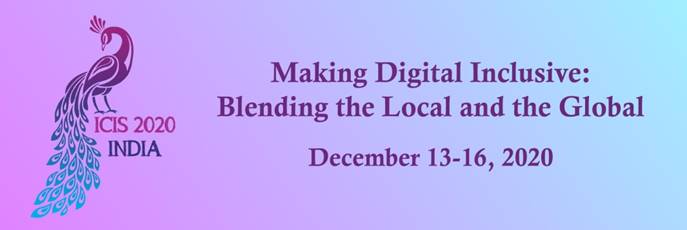User Behaviors, User Engagement, and Consequences
Loading...
Paper Type
Completed
Paper Number
1574
Description
In search of a sustainable revenue model in the digital age, news publishers explore online content monetization by means of digital paywalls. Most news publishers thereby follow freemium model paradigms, simultaneously offering free and paid content. The most prominent paywall configurations to distinguish between free and paid content are choice and quantity restrictions. While prior research examined how paywall introductions affect website traffic, there is little knowledge about the effectiveness of these paywall configurations in converting non-paying users into paying customers. The results of our online experiment suggest that restricting the choice of free articles is more effective in driving conversions than restricting their quantity. A mediation analysis reveals that two counteracting mechanisms in consumers’ decision making contribute to explaining conversion interest: a positive effect of psychological reactance and a negative effect of product fit uncertainty. We conclude with design implications for optimizing digital paywall configurations.
Recommended Citation
Rußell, Robert; Stich, Lucas; Berger, Benedikt; Spann, Martin; and Hess, Thomas, "Consumer Response to Digital Paywall Configurations: Choice vs. Quantity Restrictions" (2020). ICIS 2020 Proceedings. 6.
https://aisel.aisnet.org/icis2020/user_behaviors/user_behaviors/6
Consumer Response to Digital Paywall Configurations: Choice vs. Quantity Restrictions
In search of a sustainable revenue model in the digital age, news publishers explore online content monetization by means of digital paywalls. Most news publishers thereby follow freemium model paradigms, simultaneously offering free and paid content. The most prominent paywall configurations to distinguish between free and paid content are choice and quantity restrictions. While prior research examined how paywall introductions affect website traffic, there is little knowledge about the effectiveness of these paywall configurations in converting non-paying users into paying customers. The results of our online experiment suggest that restricting the choice of free articles is more effective in driving conversions than restricting their quantity. A mediation analysis reveals that two counteracting mechanisms in consumers’ decision making contribute to explaining conversion interest: a positive effect of psychological reactance and a negative effect of product fit uncertainty. We conclude with design implications for optimizing digital paywall configurations.
When commenting on articles, please be friendly, welcoming, respectful and abide by the AIS eLibrary Discussion Thread Code of Conduct posted here.


